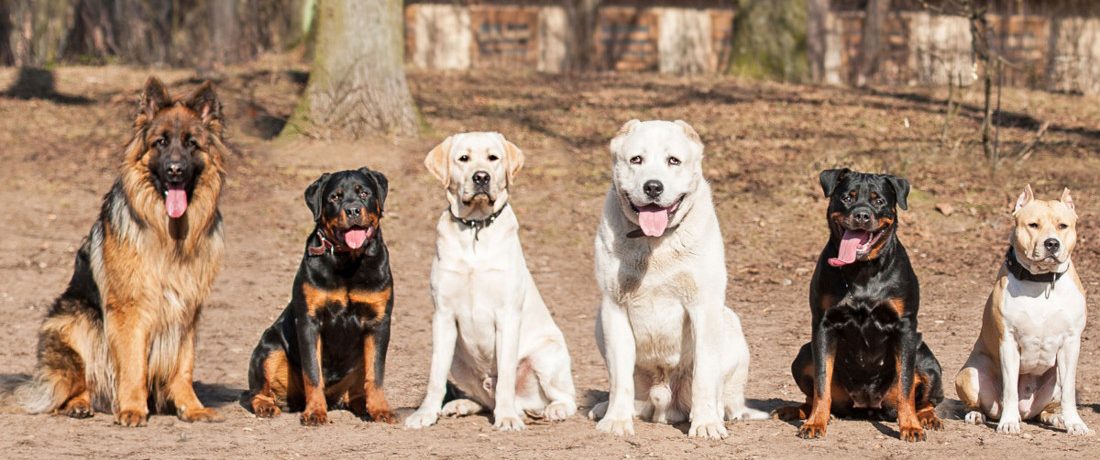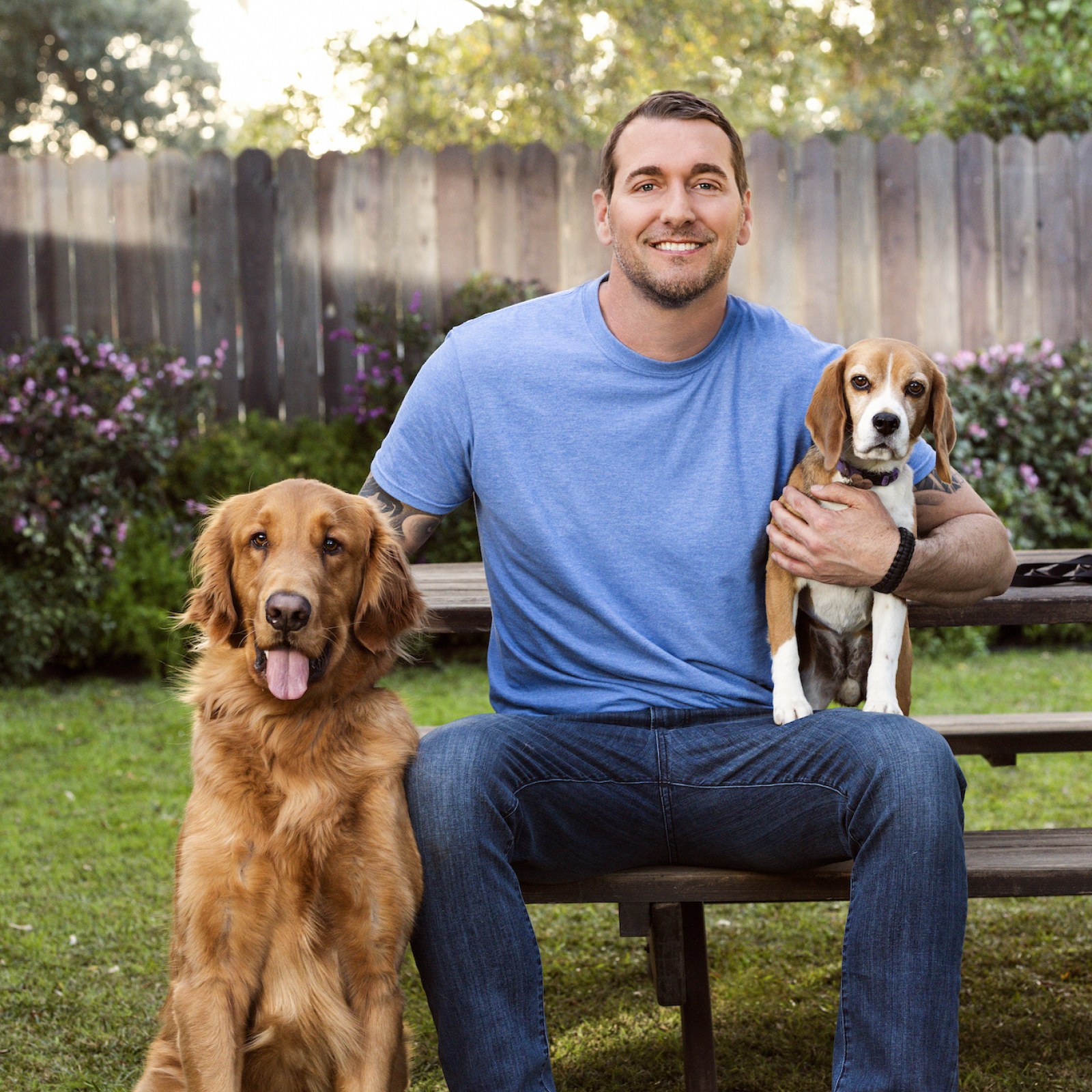Essential Methods for Effective Dog Training You Required to Know
Essential Methods for Effective Dog Training You Required to Know
Blog Article
Essential Tips for Effective Dog Training: An Overview for Pet Dog Owners
Effective pet training is a complex process that needs a calculated strategy tailored to both the pet dog's character and the proprietor's goals. Understanding exactly how to navigate these obstacles can significantly boost the training experience, eventually changing the connection between proprietor and pet dog.
Understanding Dog Behavior
Comprehending pet habits is essential for efficient training and cultivating an unified relationship in between dogs and their owners. Dogs communicate mostly through body language, articulations, and activities, making it important for proprietors to translate these signals accurately. Identifying a dog's stance, tail position, and ear orientation can provide insights right into its mood. A wagging tail does not always suggest joy; it can likewise indicate enjoyment or anxiety.

Socializing plays a considerable function in dog habits; direct exposure to different settings, individuals, and various other animals can dramatically influence a pet's personality. Variables such as breed characteristics and individual personality must lead training approaches, as some breeds may have particular behavior characteristics that demand customized strategies. By comprehending these elements, proprietors can create a helpful setting that encourages favorable habits, leading to effective training outcomes and a much deeper bond with their pets.
Developing Consistent Commands
Reliable communication with your pet dog begins with establishing regular commands. This foundational aspect of training is important for fostering understanding in between you and your animal. Consistency in the commands you make use of guarantees that your pet can reliably connect specific words or phrases with the preferred actions.
When choosing commands, pick clear, distinct words that are simple to claim and differentiate from each other. Prevent making use of similar-sounding commands that may puzzle your pet dog. As an example, using "sit" and "remain" is ideal, but "sit" and "struck" can bring about misunderstandings.
Furthermore, maintain the exact same tone and quantity for each and every command. Canines are delicate to vocal cues, so differing your tone can develop confusion.
It is equally essential to make sure that all relative are on the very same page regarding the commands used. A united front in command use will prevent combined signals and reinforce the understanding process.
Positive Support Strategies
The power of positive support in pet dog training exists in its capability to motivate preferred habits with benefits and appreciation. This strategy is grounded in the concept that behaviors adhered to by positive results are most likely to be repeated. By including favorable support into your training regimen, you can properly form your pet's habits in a constructive way.
To apply positive reinforcement, it's necessary to identify what encourages your canine, whether it be deals with, toys, or verbal appreciation. When your dog executes a wanted activity, such as resting on command, right away compensate them with a reward or affection. This association in between the command and the positive outcome enhances their understanding.
It's essential to timing the incentives correctly; supplying the reinforcement within seconds visit our website of the desired habits helps your dog make the link (dog training). Additionally, consistency is crucial-- ensure that all family participants utilize the very same commands and incentive systems to avoid complication

Progressively, you can decrease the frequency of deals with as your pet learns the habits, transitioning to applaud or recurring benefits. This approach not just cultivates a solid bond between you and your pet however additionally advertises a favorable learning atmosphere, making educating a satisfying experience for both.
Socialization and Communication
Regularly exposing your canine to a selection of environments, people, and other pets is important for their social advancement. Socializing needs to start early, preferably throughout the essential home window of 3 to 14 weeks, when pups are most responsive to brand-new experiences. Nonetheless, older pets can additionally gain from recurring socialization efforts.
Introduce your pet dog to different settings, such as parks, pet-friendly shops, and city locations. This exposure aids them adapt to numerous stimulations, reducing anxiety and worry responses. Urge favorable communications with various other pet dogs and people, guaranteeing that these encounters are secure and regulated to cultivate confidence.
Make use of structured playdates with genteel pet dogs, as this can enhance your pet's social skills and educate them proper behavior. Obedience courses and training sessions also offer outstanding possibilities for socializing, allowing your pet to engage with others in a supervised atmosphere.
Monitor your dog's body language during communications, as this will assist you gauge their comfort degree. Slowly enhance exposure to more challenging circumstances while making sure that each experience declares. A well-socialized pet dog is a linked here lot more most likely to exhibit well balanced actions, making them a delight to have in any type of setting.
Attending To Typical Training Challenges
Every canine proprietor will certainly experience training difficulties eventually, regardless of their pet's age or socialization level. Determining common concerns such as stubbornness, interruptions, and terror can aid in establishing reliable strategies for improvement.

Slowly introduce interruptions as the dog ends up being more efficient in commands. Short, frequent training sessions are also effective in maintaining attention.
Fearfulness can hinder a canine's understanding process. Progressive desensitization to the source of anxiety, paired with positive support, can aid alleviate anxiety. Patience is important; never ever compel a pet dog into a circumstance that causes distress, as this might worsen the problem.
Ultimately, understanding and attending to these usual difficulties with an organized strategy will certainly promote a more effective training experience, enhancing the bond between pet dog and owner while advertising effective learning.
Final Thought
In summary, effective pet dog training depends on an extensive understanding of canine actions, the facility of regular commands, and the application of favorable reinforcement strategies. Socialization plays a vital function in creating well-adjusted animals, while addressing typical training obstacles requires perseverance and adaptability. By carrying out these important methods, pet owners can cultivate a solid bond with their pet dogs and advertise preferable behaviors, ultimately bring about an unified partnership between humans and their canine buddies.
Understanding dog actions is essential for efficient training and cultivating an unified partnership in between pooches and their proprietors.Socializing plays a significant function in pet behavior; exposure to different settings, people, and various other pets can dramatically affect a dog's temperament.The power of positive reinforcement in pet from this source dog training lies in its ability to urge desired behaviors through benefits and praise. By including favorable reinforcement into your training routine, you can properly form your pet's behavior in a useful manner.
In recap, effective canine training depends on a comprehensive understanding of canine actions, the facility of regular commands, and the application of favorable support techniques.
Report this page